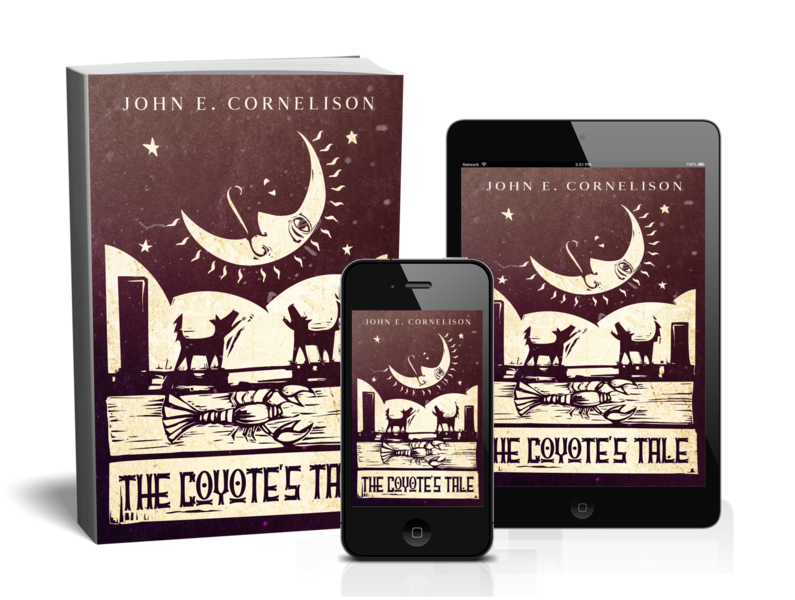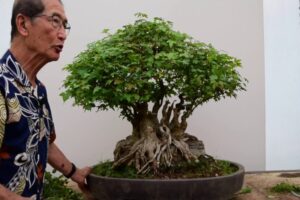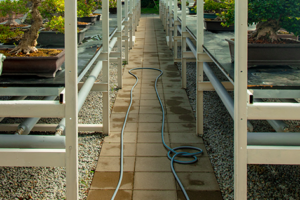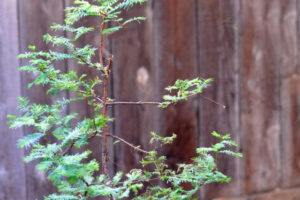Good bonsai soil has three things in common. 1) The ability to retain water, 2) the ability to drain well, and 3) sufficient aeration.
- The ability to retain water
Most bonsai should never “have wet feet.” This means that you want to get water to the roots but in most cases, you never want to have the roots soaking in water. You need a particle that will hold the water needed by the plant.
- The ability to drain well
Good bonsai soil should drain well. This lets the particles mentioned above capture moister but allows excess water to drain away.
- Sufficient aeration
The particles that you use must have enough space to allow tiny pockets of air. This allows beneficial fungus and bacteria to thrive helping the plant to feed.
As noted in the previous email, one of the three properties of good bonsai soil is water retention. Below I will look at some of the partials that can be used to increase water retention. The first is:
- Akadama – occurs naturally in one region of Japan. It is collected, graded, and sold by size. It is unfired and appears to be clay. However, it has a great ability to hold moisture and when it breaks down, it becomes sand-like and will not harm feeder roots. Akadama is widely used among bonsai enthusiasts and as such has risen rapidly in price over the last few years.
- Turface MVP – is a brand name of a product used to keep baseball infields dry. Turface is a porous calcined-clay. It absorbs water very well and does not easily compact. It is available at commercial gardening companies. Turface can be purchased for a low price and does not usually have added chemicals. When sifting you must protect yourself from breathing the dust.
- Perlite – is a volcanic glass that is formed by the hydration of volcanic obsidian glass. It occurs naturally and holds water well. It is hard to find in bulk quantities.
- Cat (Kitty) litter/Multi-Purpose Garage Absorbent – standard cat litter is made and works in a similar manner to Turface. The problem with using these materials is that it often has perfumes and other additives. When sifting you must protect yourself from breathing the dust.
Below I will look at some of the partials that can be used to increase drainage. The first is:
- Pea Gravel – Pea gravel is widely available and fairly cheap. The size used should probably be 1-2 centimeters in diameter. Pea gravel is durable and can be recaptured from used soil.
- Silica Sand – Sand can be obtained in a variety of sizes and does not break down easily. Make sure the sand you use does not have any additives. It is important not to use beach sand because of the salt content.
- Granite Grit/Poultry Grit – Granite grit can be obtained quite easily at a farm supply store in the chicken raising section. This product is a part of chicken feed so you should make sure there are no additives within the mix.
One of the three properties of good bonsai soil is the ability to allow sufficient aeration or spaces in the soil. The particles that you use must have enough space to allow pockets of air. Beneficial fungus and bacteria can grow and thrive in these spaces helping the plant grow and feed. Below I will look at some of the partials that can be used to increase aeration. The first is:
- Lava – This is my personal favorite. It is large and irregularly shaped and good for creating space. It also has openings so small root fibers can pass through. What I like about this is that it can be recovered and recycled when the soil is changed during repotting. You can use a 1/4 inch sieve and a water hose to recover most of the lava. It is also fairly cheap.
- Pine bark – This is a very good and cheap option, especially in the southern US. This organic product serves to create the needed space. But what makes it so good is it breaks down and is beneficial to the plant.
Below are several ratios for mixing bonsai soil depending on the plant type you are growing. One note, these soils work in the southern US. While the components are basically the same, you should seek local advice for your area.
Florida standard tree bonsai soil mix
33% Pine bark
33% Turface
33% Granite grit
1% Charcoal
Florida conifer tree bonsai soil mix
20% Pine bark
20% Turface
20% Granite grit
20% Lava rock
20% Pumice
Florida tropical tree bonsai soil mix
33% Pine bark
16.5% Turface
16.5% Lava rock
16.5% Pumice
16.5% Sphagnum moss
General US deciduous tree bonsai soil mix
50% Akadama
25% Lava rock
25% Pumice
General US coniferous / pine bonsai soil
33% Akadama
33% Lava rock
33% Pumice
Bonus Tip
- For pre-bonsai plants, you can use a mix of 50% locally produced nursery mix and 50% Turface.
Before digging into the awesome resources I know and trust an important disclosure:
Some of the links below are affiliate links, which means that if you choose to make a purchase, I will earn a commission. This commission comes at no additional cost to you. Please understand that I have experience with all of these companies, and I recommend them because they are helpful and useful, not because of the small commissions I make if you decide to buy something. Please do not spend any money on these products unless you feel you need them or that they will help you achieve your goals.
Japanese Hard Akadama – Professional Imported Sifted and Ready To Use


Turface Quick Dry Infield Conditioner



Garden Bloom Authentic Mexican Beach Pebbles 1/4 Inch

Horticultural Black Lava for Bonsai 1/16″ to 1/2″

Bonsai Pine Bark – 100% Aged Monterey Pine Bark

Mosser Lee ML0810 Horticultural Charcoal
xxxx







Leave a Reply
Your email is safe with us.
You must be logged in to post a comment.